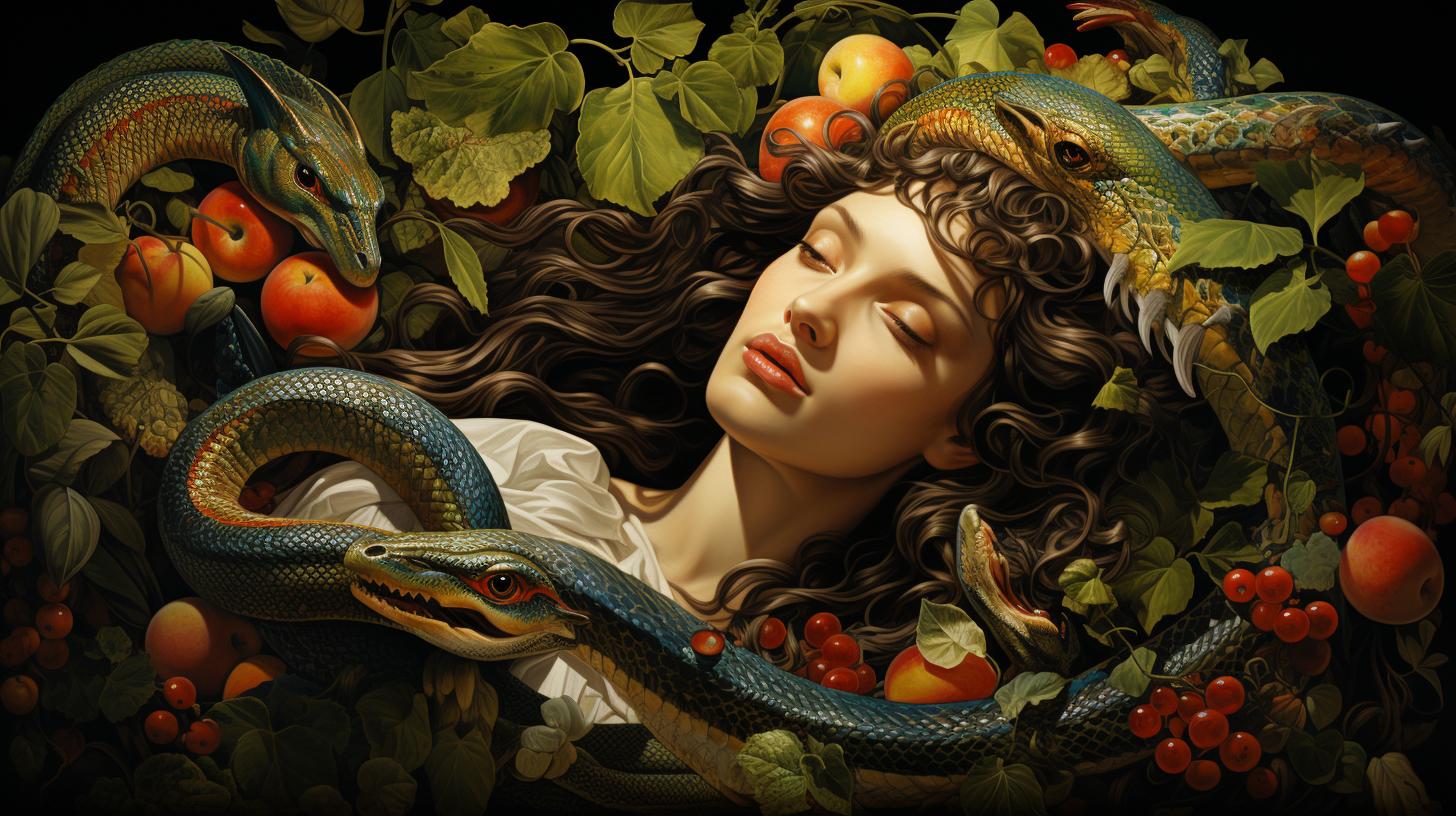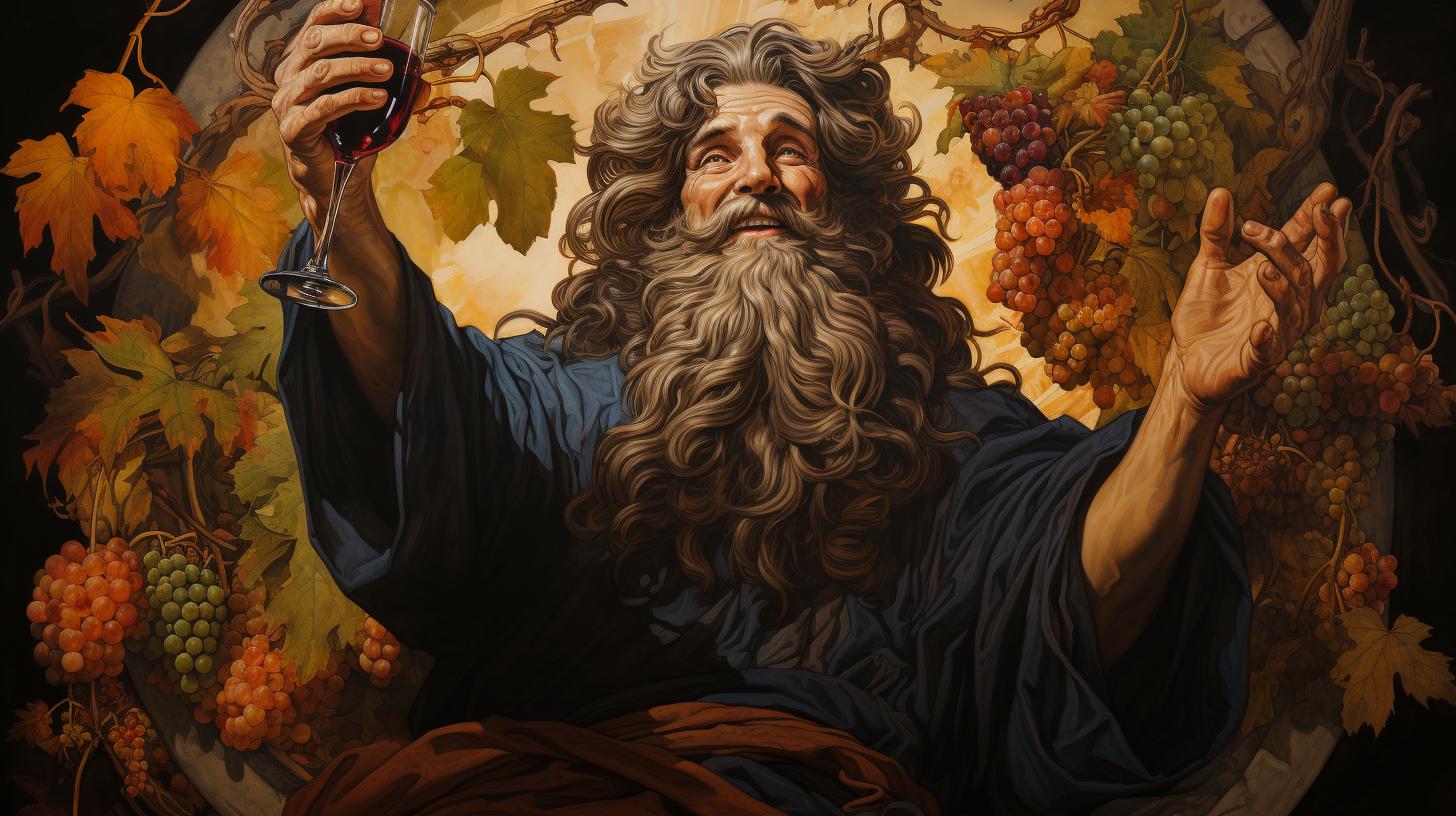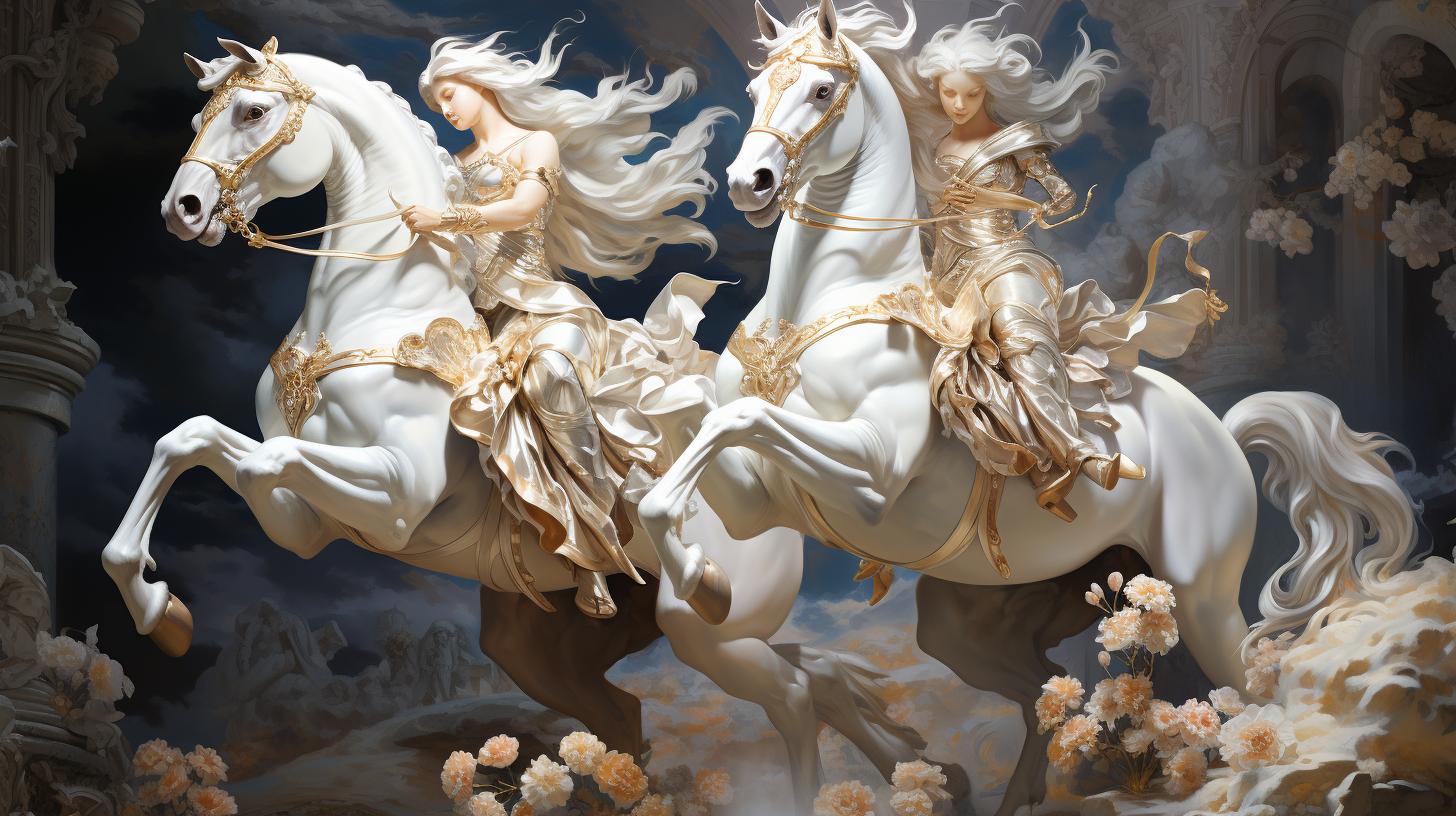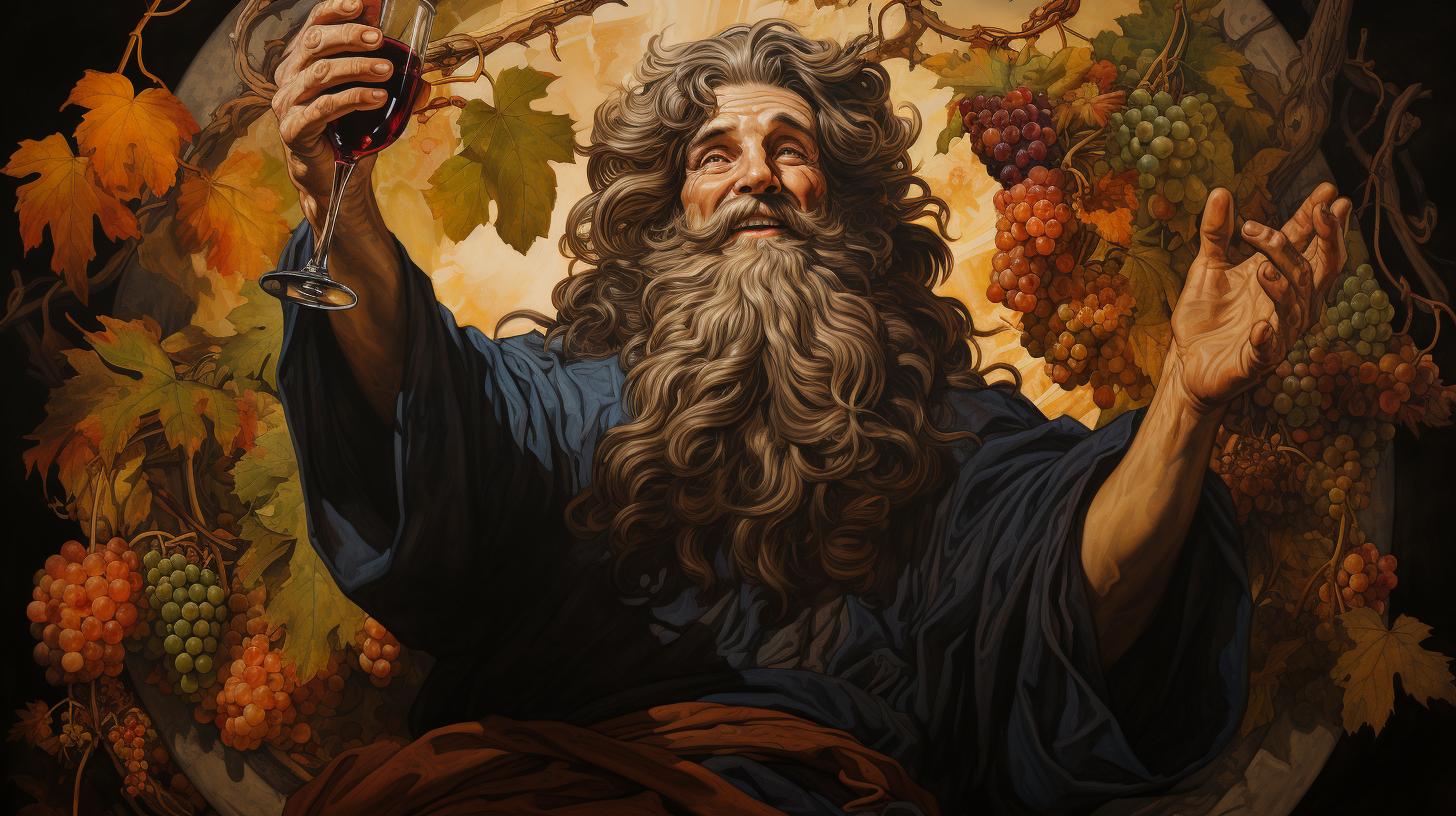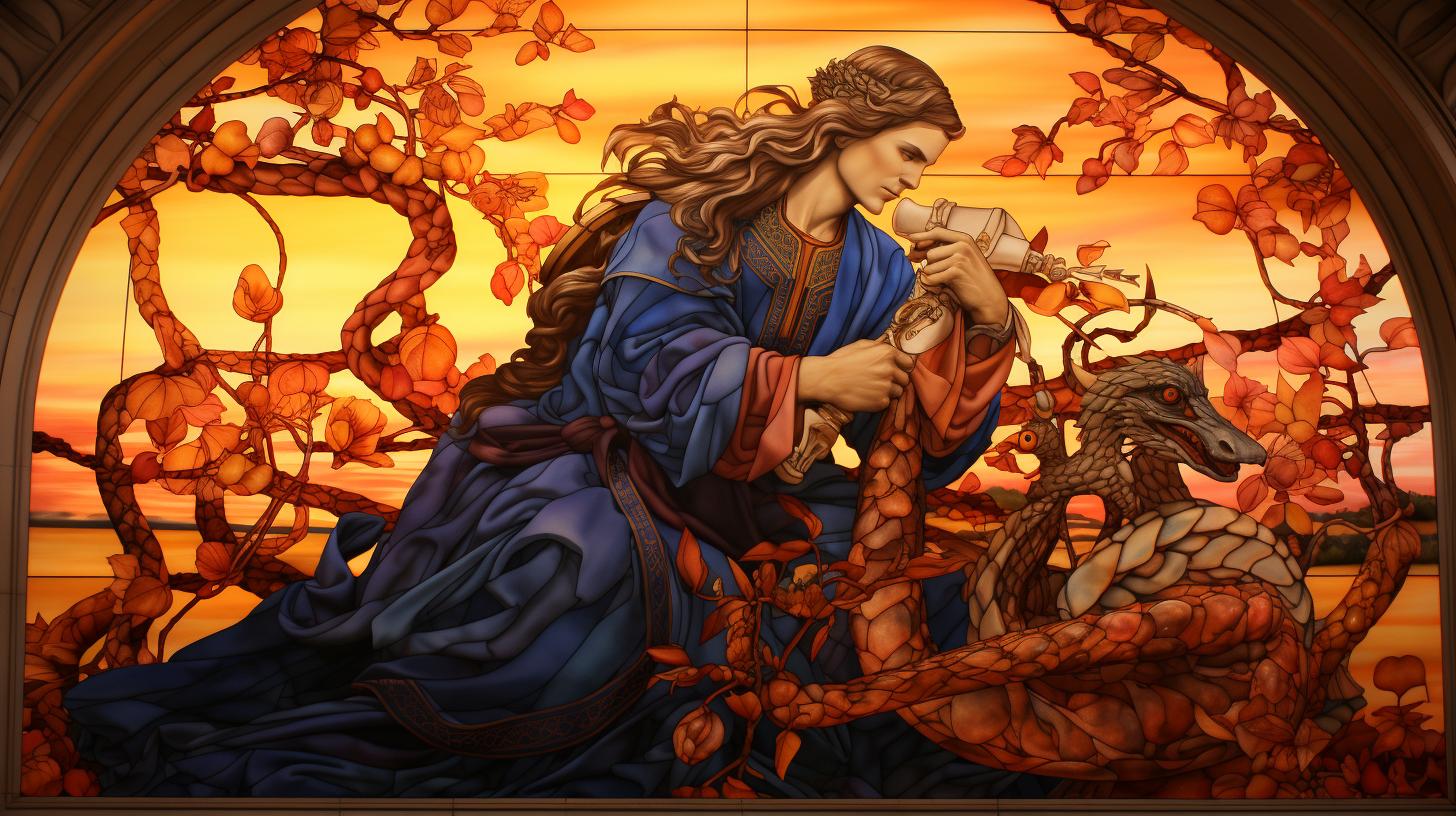Bona Dea Goddess: Unveiling the Secrets of the Roman Divine Feminine
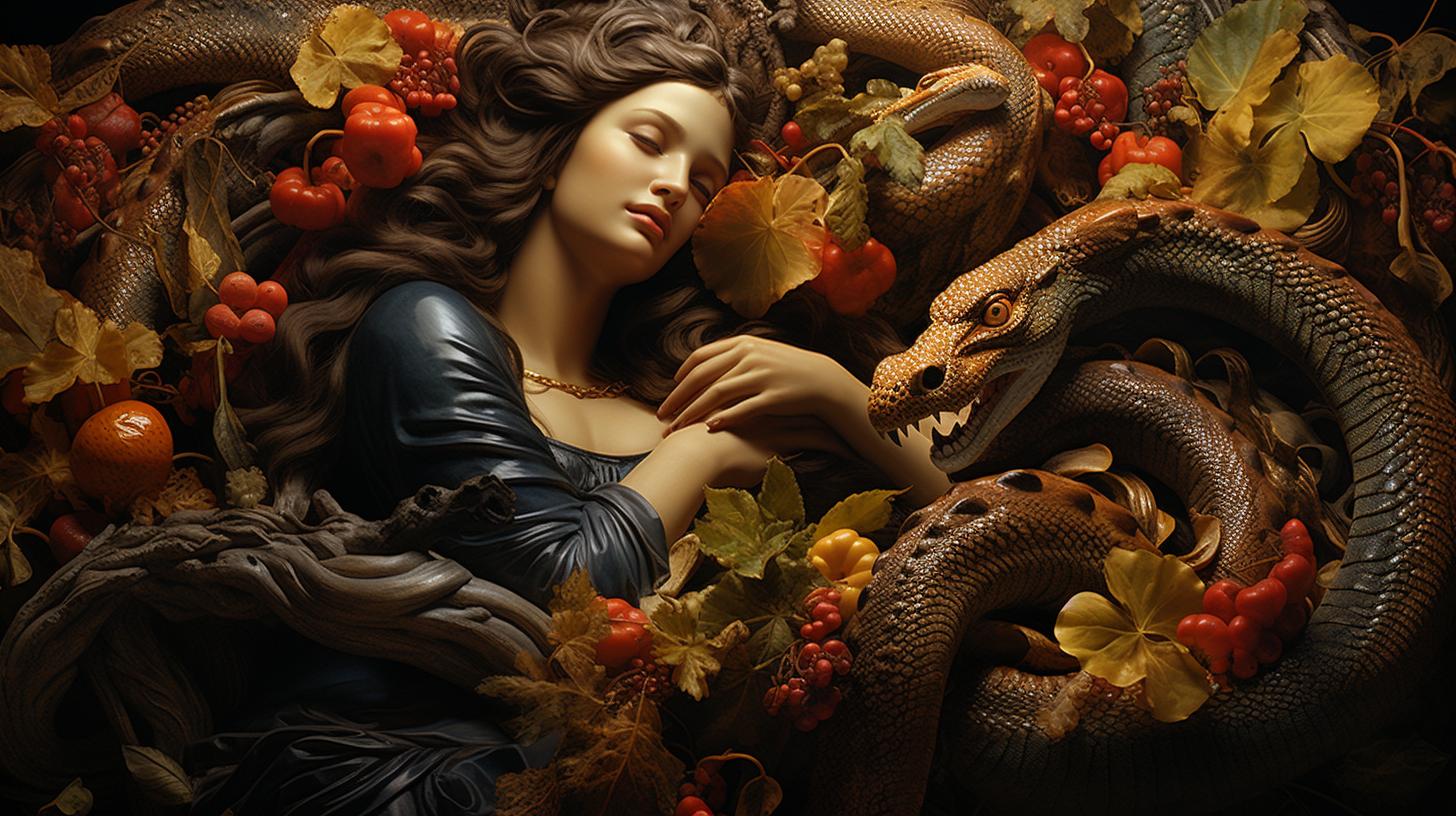
Bona Dea was an ancient Roman goddess associated with chastity, fertility, healing, and protection of Rome. Her cult, exclusive to women, was shrouded in secrecy. Speculated to be a Latin version of Greek goddess Demeter or Roman deities Ops, Terra, or Ceres, Bona Dea’s worship was led by vestal virgins and priestesses.
Rituals took place in her temple on the Aventine Hill, involving wine and non-venomous snakes. Bona Dea’s festivals, one for the Roman people and another for elite matrons, emphasized specific rituals and banned the presence of men.
Visual representations depicted her as a serene Roman matron with a cornucopia and a snake. Dedications to her came from various social classes, including male acolytes and priests. Bona Dea’s cult faced scandal when politician Clodius attempted to infiltrate a ritual, resulting in repercussions.
The History of Bona Dea
Origins and Association with Ancient Roman Religion
Bona Dea, a significant figure in ancient Roman religion, has origins that remain somewhat mysterious. She is believed to be a Latin version of the Greek goddess Demeter or a Latin adaptation of other Roman deities such as Ops, Terra, or Ceres. As Bona Dea was associated with various aspects of Roman life, her reverence grew over time.
The Cult of Bona Dea in the Roman Republic
The cult of Bona Dea had a unique composition, limited solely to women. It was led by the vestal virgins, who served the goddess Vesta, and the priestesses of Bona Dea’s own cult.
Their rituals took place in Bona Dea’s temple situated on the Aventine Hill. These religious ceremonies were clandestine and shrouded in secrecy, with the true name of Bona Dea known only to the women involved.
The Role of Women in Bona Dea’s Cult
Women played a vital role in the cult of Bona Dea, as they comprised the entirety of its membership. Their participation demonstrated the significance of female agency and collective power in Roman society.
Bona Dea, associated with matters of chastity, fertility, healing, and protection, held particular importance for married women in their roles as wives and mothers. This exclusive and secretive cult provided a space for women to connect, find solace, and seek divine guidance.
Bona Dea’s Temple and Rituals
Bona Dea’s Temple, located on the Aventine Hill, served as the central place of worship for the devoted followers of the goddess. Within its sacred walls, various rituals and practices took place, imbued with the mystical significance of Bona Dea’s divine presence.
The Aventine Temple: Center of Worship
The Aventine Temple stood as the focal point for the faithful adherents of Bona Dea. Amidst the peaceful surroundings, women gathered to offer their devotion and seek the blessings of the goddess.
This revered site served as a sanctuary where the mysteries of Bona Dea’s cult were safeguarded and honored.
Specific Rites and Practices
Within the hallowed halls of the temple, specialized rituals unfolded, incorporating unique practices believed to hold deep symbolism and mystic power. The priestesses, entrusted with upholding the sacred traditions, meticulously performed rites that celebrated femininity, fertility, and the divine connection to the goddess.
- Chants and incantations resonated in the temple, invoking Bona Dea’s favor and protection.
- Offerings of flowers, fruits, and other symbolic objects were presented as tokens of devotion.
- Cleansing rituals and purification ceremonies were integral to the worship of Bona Dea, signifying spiritual renewal and harmony.
- Prayers and supplications were offered, seeking the goddess’s intercession in matters of fertility, healing, and the overall well-being of Rome and its people.
The Influence of Wine and Serpents
Wine played a significant role in the rituals surrounding Bona Dea.
It was believed to have the power to induce prophetic visions and facilitate deeper connection with the divine. The priestesses and devotees embraced the transformative qualities of wine as they immersed themselves in the mysteries of Bona Dea.
Serpents, specifically non-venomous ones, were also closely associated with Bona Dea. These gentle creatures symbolized rebirth, healing, and wisdom. Their presence during the rituals added an aura of mystical energy, linking the goddess to the natural world and the cycle of life.
Festivals Dedicated to Bona Dea
Discover the vibrant and sacred celebrations dedicated to Bona Dea, showcasing the devotion and reverence for the Roman goddess.
Public Festival for the Roman People
The annual public festival, held at Bona Dea’s temple, was a significant event for the Roman people. Women from all walks of life gathered to honor the goddess, seeking her blessings for fertility, protection, and the well-being of Rome.
Rituals were performed, prayers offered, and symbolic acts performed to invoke Bona Dea’s favor upon the city. Men were strictly prohibited from participating in these festivities, ensuring an exclusively female celebration of female virtues.
Elite Matronalia Festival
A more exclusive affair, the Matronalia Festival was reserved for elite matrons accompanied by their female attendants. This highly distinguished event, organized by the wife of a prominent Roman magistrate, celebrated the divine feminine in all its glory.
Matrons adorned in their finest attire gathered to pay homage to Bona Dea, seeking blessings for their families, married life, and prosperity. Rituals unique to this festival were conducted, reflecting the social status and prestige of the participants.
Throughout both festivals, sacred rituals were performed that included offerings of wine, symbolic representations, and sacred objects associated with Bona Dea. The presence of men and masculine depictions was strictly forbidden to maintain the sanctity and purity of these divine celebrations.
These contrasting festivals showcased the different aspects of Bona Dea’s worship, engaging both the general public and the elite matrons, highlighting her significance and influence within Roman society.
Scandalous Incident: Clodius and the Bona Dea Cult
During the time of ancient Rome, the cult of Bona Dea was shaken by a scandalous incident involving Clodius Pulcher, a prominent politician.
This event had profound implications and consequences for both the cult and the individuals involved.
Clodius Pulcher’s Attempted Infiltration
In a brazen move, Clodius attempted to infiltrate the secretive rituals of the Bona Dea cult. His motive was to seduce the wife of Julius Caesar, a grave transgression that threatened both the sanctity of the cult and the political stability of Rome.
Disguised as a woman, Clodius managed to gain access to the sacred temple on the Aventine Hill where these rituals took place. However, his presence was ultimately discovered, leading to a public outcry and legal proceedings.
Implications and Consequences of the Bona Dea Scandal
The scandal surrounding Clodius and the Bona Dea cult had far-reaching implications for various aspects of Roman society. The consequences were significant:
- Clodius was put on trial, charged with sacrilege and impiety.
Despite conflicting accounts of the incident, he managed to secure an acquittal through bribery and manipulation of the legal system.
- Julius Caesar, deeply affected by the scandal, decided to divorce his wife, Pompeia, stating that “Caesar’s wife must be above suspicion.”
This not only affected his personal life but also had political ramifications.
- The cult of Bona Dea faced a loss of credibility and public trust due to the scandal. People questioned the sanctity and secrecy of the cult, impacting its reputation and influence.
- The incident highlighted the tension between political power and religious practices in ancient Rome.
It served as a reminder of the delicate balance between personal ambition and devotion to traditional beliefs.
The scandal with Clodius Pulcher’s attempted infiltration into the Bona Dea cult left a lasting impression on Roman society, challenging the very fabric of religious traditions and political alliances.
Depiction and Devotion to Bona Dea
Explore the vivid visual representations and symbols associated with the revered Bona Dea goddess, as well as the diverse personal dedications and devotion from individuals across various social classes.
Visual Representations and Symbols of the Goddess
Bona Dea was often depicted as a serene matron, radiating an aura of strength and grace.
Her image showcased the embodiment of Roman ideals of femininity. Adorned with a cornucopia, symbolizing abundance and fertility, and accompanied by a serpentine companion, representing protection and healing, these visual representations evoked the essence of the goddess.
Personal Dedications and Devotion from Various Social Classes
Devotion to Bona Dea was not limited to a specific social class. Individuals from all walks of life felt a deep connection to the goddess and expressed their dedication through personal offerings.
Among the dedications were heartfelt expressions of gratitude, pleas for blessings, and vows of loyalty.
- Artisans and merchants sought the goddess’s favor for prosperous trade and financial success.
- Aristocrats and politicians turned to Bona Dea for protection and blessings upon their families and political endeavors.
- Commoners and laborers sought her guidance and assistance in matters of health, fertility, and personal wellbeing.
The diversity of personal dedications highlights the widespread appeal and influence of Bona Dea in the lives of Romans, transcending social boundaries.
Uncovering the Mysteries of Bona Dea
The enigmatic name of Bona Dea has intrigued scholars and historians for centuries, as it is shrouded in secrecy and limited information. The true identity and origins of this goddess remain mysterious, evoking numerous speculations and conflicting interpretations.
The Enigmatic Name of Bona Dea
The name “Bona Dea” itself adds to the mystique surrounding this goddess. In Latin, “Bona Dea” translates to “Good Goddess,” emphasizing her benevolent nature. However, the specific etymology and meaning behind her name remain uncertain.
Some researchers propose that “Bona Dea” could be a Latin version of the Greek goddess Demeter, highlighting potential connections between the Roman and Greek pantheons. Others suggest that Bona Dea may be a Latin form of various Roman deities like Ops, Terra, or Ceres, all associated with fertility and abundance.
Speculations and Conflicting Interpretations
Unraveling the true nature and significance of Bona Dea has proved challenging due to limited historical records and the secretive nature of her cult. Scholars have put forth a range of theories regarding her worship, symbolism, and role within Roman society.
Some speculate that Bona Dea’s cult emphasized women’s empowerment and played a vital role in shaping gender dynamics in ancient Rome. Others suggest that her rituals and practices could be linked to pre-existing indigenous Roman traditions centered around fertility and healing.
Conflicting interpretations regarding Bona Dea’s association with other deities and her role in ancient Roman religion persist. While some view her as an independent goddess, others argue that she shares characteristics and attributes with various Roman and Greek divinities, indicating syncretism and overlapping religious beliefs.
As we continue to uncover the mysteries surrounding Bona Dea, further research and analysis are required to shed light on her significance within Roman society and her impact on religious practices during the time.
Bona Dea’s Role in Roman Society and Culture
Influence on Women’s Roles and Rights
Bona Dea, the revered goddess of Roman religion, played a significant role in shaping women’s roles and rights within society. Her cult, composed exclusively of women, provided a unique space where female devotees could gather, worship, and assert their autonomy away from the male-dominated public sphere.
By participating in the rituals and ceremonies dedicated to Bona Dea, women gained a sense of community and empowerment. The cult emphasized the virtues of chastity and fertility, reinforcing the societal expectations placed upon married women.
It also offered a space for women to discuss their experiences and seek guidance on matters of marriage, childbearing, and family life.
Additionally, through their involvement in Bona Dea’s cult, women were given a semi-public platform to express their opinions and exercise influence within Roman society.
The cult brought together women from various social backgrounds, from elite matrons to commoners, fostering connections and networks that transcended class boundaries.
Evaluation of Bona Dea’s Impact on Roman Religion and State
While Bona Dea’s influence on women’s roles and rights within Roman society is significant, her impact on the broader religious and political landscape cannot be overlooked.
As a deity associated with both the protection of the state and the well-being of its citizens, Bona Dea played a crucial role in reinforcing the traditional Roman values of piety and virtue.
Her cult, centered around the idealized image of the chaste and fertile matron, reflected the societal expectations placed upon Roman women.
Furthermore, Bona Dea’s festivals and rituals, carefully guarded and separate from male participation, served as a counterbalance to the male-dominated religious practices of ancient Rome.
The exclusivity of her cult highlighted the importance of female spirituality and provided a sense of agency for women within the constraints of patriarchal Roman society.
In evaluating Bona Dea’s impact on the Roman state, it is clear that her cult served as a unifying force among women and contributed to the overall cohesion and stability of the society.
The devotion and dedication of her followers bolstered the morale and collective identity of Roman women, ultimately strengthening the fabric of Roman culture and its religious beliefs.
Overall, Bona Dea’s role in Roman society and culture was multi-faceted.
Not only did she shape women’s roles and rights, but she also played a crucial part in reinforcing traditional values and fostering a sense of unity among women. Her influence extended beyond gender dynamics, contributing to the religious and political landscape of ancient Rome.
.

